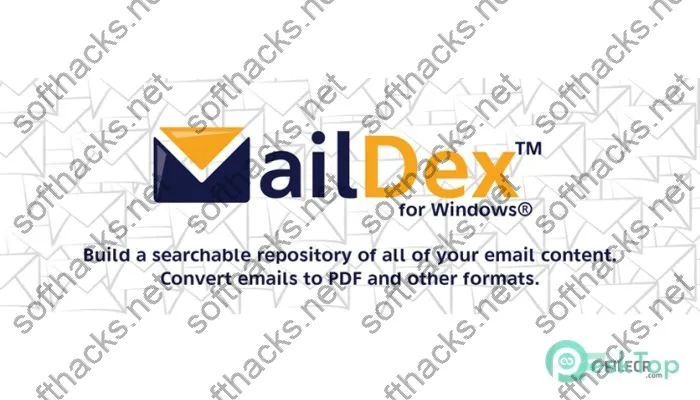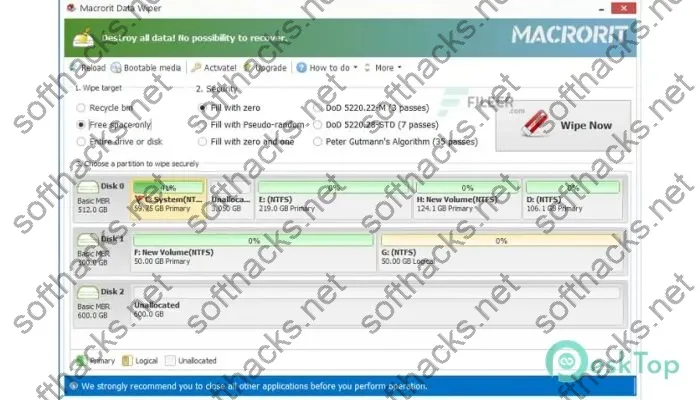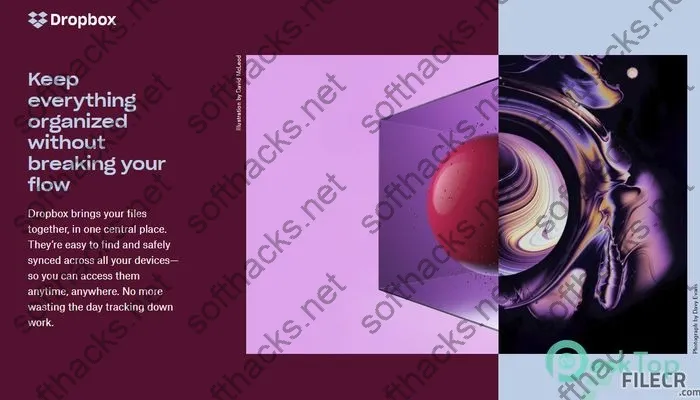Before initiating the restore process, it’s crucial to take a few preparatory steps to ensure a smooth and efficient recovery. First and foremost, back up any important data that you haven’t already backed up. While Starus Linux Restore Keygen is designed to restore your system and files, having an extra backup can provide an additional layer of security, especially if the restore process encounters any issues.
Next, ensure that you have the appropriate restore media, such as a USB drive or a DVD, depending on your system’s requirements. Having the restore media readily available will streamline the process and prevent any unnecessary delays.
Step-by-Step Starus Linux Restore Process
Once you’ve completed the preparatory steps, it’s time to initiate the restore process. Here’s a step-by-step guide to help you through it:
-
Boot from the restore media: Begin by booting your system from the Starus Linux Restore Keygen USB drive or DVD. This may require you to adjust your BIOS or UEFI settings to boot from the appropriate media.
-
Access the restore utility/wizard: After booting from the restore media, you’ll be presented with the Starus Linux Restore utility or wizard. Follow the on-screen instructions to begin the restore process.
-
Select backup location: Choose the location of your backup files. Starus Linux Restore supports restoring from local drives, network locations, or cloud storage services.
-
Choose data to restore: Determine which data you want to restore. Starus Linux Restore offers options to restore the entire system, including system settings and customizations, or to selectively restore user data, such as documents, photos, and other files.
-
Restore system settings and customizations: If you’ve chosen to restore the entire system, Starus Linux Restore Download free will restore your system settings, customizations, and any installed applications or software to their previous state.
-
Finish the restore process: Once the restore process is complete, follow any remaining on-screen instructions to finalize the restoration and reboot your system.
Tips for a Successful Starus Linux Restore
While the restore process is generally straightforward, there are a few tips that can help ensure a successful restoration:
-
Validate backup integrity: Before initiating the restore process, it’s a good idea to validate the integrity of your backup files. This can help identify and address any potential issues with the backup data, preventing problems during the restoration.
-
Have a backup plan B: Even with a reliable backup solution like Starus Linux Restore Full version crack, it’s always a good practice to have a secondary backup plan in place, such as an additional external hard drive or cloud storage service.
-
Check hardware functionality: Ensure that your hardware components, such as hard drives and RAM, are functioning correctly. Hardware issues can sometimes interfere with the restore process or cause problems after the restoration.
-
Allocate enough time: Depending on the size of your backup and the amount of data being restored, the restore process can take a significant amount of time. Plan accordingly and avoid interruptions during the restoration.
-
Create a new backup after restore: Once the restore process is complete and your system is back to its previous state, it’s a good idea to create a new backup. This ensures that you have an up-to-date backup in case of any future issues.
See also:
Troubleshooting Common Restore Issues
Despite careful planning and preparation, you may encounter issues during the restore process. Here are some common problems and their potential solutions:
Missing or corrupt backup files: – Verify the backup location and ensure the files are accessible. – Use data recovery tools to attempt to retrieve any missing or corrupted backup files.
Partition or drive errors:
– Check the integrity of your hard drives using tools like fsck or badblocks.
– If necessary, repair or replace faulty hard drives before attempting the restore.
Boot issues after restore: – Ensure that the boot loader (e.g., GRUB) is properly configured and pointing to the correct partition. – If necessary, use a live USB or DVD to repair the boot loader configuration.
Failed restores: – If the restore process fails or encounters errors, try using the troubleshooting tools provided by Starus Linux Restore. – As a last resort, consider using data recovery services to retrieve important files from the failed restore.
When to Use Starus Linux Restore Alternatives
While Starus Linux Restore Keygen is a powerful and reliable tool, there may be situations where alternative solutions are more appropriate:
System repair discs/tools: If you’re experiencing issues with your Linux installation but don’t need to restore the entire system, consider using system repair discs or tools specific to your Linux distribution. These tools can often fix common problems without the need for a full restore.
Reinstalling Linux from scratch: In some cases, particularly if you’re dealing with a heavily corrupted or outdated system, it may be more efficient to perform a fresh installation of your Linux distribution. This approach can provide a clean slate and potentially resolve issues that a restore might not address.
Data recovery services: If you’ve exhausted all other options and are unable to recover your data using Starus Linux Restore Free download or other tools, consider enlisting the help of professional data recovery services. These services specialize in retrieving data from failed or corrupted storage devices.
See also:
Maintaining Your Starus Linux System
While Starus Linux Restore Keygen is an invaluable tool for recovering from data loss or system crashes, it’s essential to adopt a proactive approach to maintain the health and integrity of your Linux system. Here are some best practices to consider:
-
Perform regular backups: Establish a consistent backup routine to ensure that your data and system configurations are regularly backed up. Starus Linux Restore Free download makes this process straightforward, but you may also want to consider additional backup solutions for added redundancy.
-
Keep software updated: Regularly update your Linux distribution, applications, and any third-party software to benefit from the latest security patches, bug fixes, and performance improvements.
-
Run preventative maintenance: Periodically run system maintenance tasks, such as disk defragmentation, removing unnecessary files or applications, and checking for any potential issues that could lead to system instability or data loss.
By following these practices, you can minimize the risk of encountering issues that would necessitate a full system restore, while also ensuring that your backups are up-to-date and reliable in case the need for restoration arises.
Conclusion
Starus Linux Restore Keygen is a powerful and comprehensive tool that can save you from the frustration and data loss associated with system crashes or other issues. By following the steps outlined in this guide, you’ll be well-equipped to successfully restore your Linux system and data, minimizing downtime and ensuring a smooth recovery.
Remember, prevention is always better than cure. Implement a robust backup strategy, keep your system up-to-date, and perform regular maintenance to reduce the likelihood of needing to use Starus Linux Restore Download free in the first place. However, should the need arise, you now have the knowledge and resources to navigate the restore process with confidence.




This platform is truly fantastic.
The program is really great.
It’s now far easier to do projects and organize content.
It’s now far more intuitive to complete work and track content.
The new features in update the newest are incredibly awesome.
I would absolutely suggest this tool to anyone wanting a robust solution.
The program is truly impressive.
The latest capabilities in version the latest are extremely great.
I appreciate the enhanced dashboard.
I would definitely suggest this software to anyone needing a robust product.
I love the improved workflow.
It’s now a lot more user-friendly to complete jobs and organize information.
It’s now far easier to complete work and organize content.
The responsiveness is significantly better compared to last year’s release.
The responsiveness is a lot faster compared to the previous update.
I love the improved dashboard.
The platform is absolutely impressive.
I appreciate the new interface.
I love the new interface.
This program is truly amazing.
The software is absolutely awesome.
The responsiveness is significantly faster compared to the original.
It’s now far more intuitive to do work and manage content.
I would absolutely suggest this software to anybody looking for a high-quality platform.
The speed is a lot improved compared to the previous update.
It’s now much simpler to finish projects and track content.
It’s now much more intuitive to complete work and track data.
It’s now a lot easier to do jobs and organize information.
I absolutely enjoy the improved layout.
I would highly suggest this tool to professionals needing a powerful platform.
The loading times is so much improved compared to the original.
I would strongly recommend this application to anybody wanting a high-quality product.
The latest features in update the newest are incredibly awesome.
It’s now far simpler to get done projects and organize data.
I appreciate the enhanced interface.
The responsiveness is so much enhanced compared to the previous update.
I love the enhanced workflow.
I would strongly suggest this application to anybody needing a top-tier platform.
The recent functionalities in release the newest are really helpful.
It’s now far easier to finish tasks and organize data.
The speed is a lot improved compared to the original.
I really like the new dashboard.
I would strongly endorse this tool to anybody looking for a robust solution.
I love the improved dashboard.
This platform is really awesome.
The new updates in update the latest are so helpful.
It’s now a lot easier to get done jobs and organize content.
The loading times is significantly improved compared to the previous update.
The loading times is a lot better compared to the previous update.
The new capabilities in update the latest are extremely great.
This tool is definitely amazing.
The latest features in release the newest are really great.
This software is really fantastic.
I would absolutely recommend this tool to anybody wanting a powerful solution.
I would definitely endorse this tool to professionals wanting a top-tier solution.
The loading times is significantly improved compared to the original.
The platform is definitely impressive.
I would strongly suggest this software to anybody looking for a top-tier product.
I would absolutely endorse this program to anybody looking for a robust platform.
This application is absolutely fantastic.
I love the new dashboard.
It’s now much more user-friendly to finish projects and manage information.
I would strongly recommend this tool to professionals needing a robust platform.
The new functionalities in version the latest are extremely helpful.
I appreciate the enhanced interface.
The recent features in update the latest are really cool.
I would absolutely suggest this application to anyone wanting a high-quality platform.
The recent capabilities in update the latest are so helpful.
I would definitely suggest this application to anybody wanting a powerful platform.
I would strongly suggest this tool to anyone needing a top-tier solution.
I love the upgraded workflow.
I would highly recommend this tool to anybody looking for a robust solution.
It’s now much more intuitive to do tasks and manage content.
The latest features in update the newest are incredibly cool.
The loading times is significantly better compared to older versions.
The responsiveness is significantly better compared to older versions.
The recent enhancements in release the newest are incredibly great.
The new capabilities in update the newest are extremely cool.
I would definitely recommend this tool to professionals looking for a high-quality platform.
The recent functionalities in update the latest are incredibly useful.
I appreciate the new layout.
I would strongly recommend this application to professionals needing a powerful solution.
The software is absolutely great.
This tool is truly fantastic.
I love the enhanced interface.
The latest updates in version the newest are extremely great.
The loading times is so much faster compared to the previous update.
The new capabilities in version the newest are really useful.
It’s now much more intuitive to finish work and track information.
It’s now much easier to finish projects and organize information.
This application is absolutely amazing.
I appreciate the improved workflow.
I love the enhanced dashboard.
The platform is definitely impressive.
The responsiveness is a lot improved compared to the original.
The responsiveness is a lot enhanced compared to older versions.
The latest updates in version the latest are incredibly awesome.
I really like the enhanced layout.
I really like the new dashboard.
It’s now a lot simpler to complete tasks and organize content.
The software is definitely impressive.
It’s now far more intuitive to finish work and track content.
I appreciate the improved interface.
I love the enhanced UI design.
This software is absolutely fantastic.
I really like the upgraded dashboard.
The software is absolutely amazing.
It’s now far simpler to complete tasks and track data.
It’s now far more user-friendly to complete jobs and organize data.
It’s now much simpler to complete tasks and manage content.
I would definitely endorse this program to anyone wanting a high-quality platform.
It’s now much more user-friendly to do projects and track content.
The platform is definitely great.
The new capabilities in version the newest are so helpful.
I would definitely endorse this tool to anyone wanting a powerful solution.